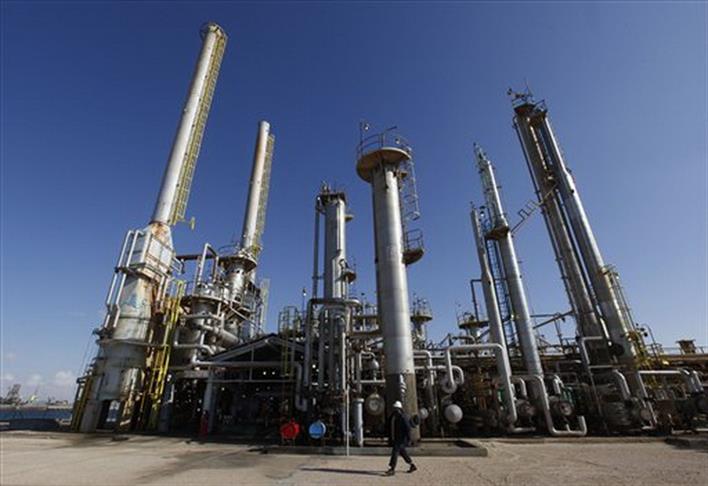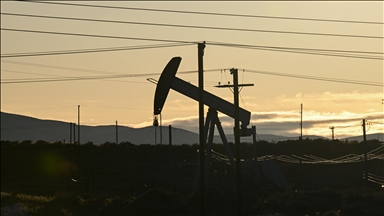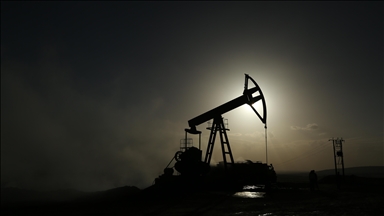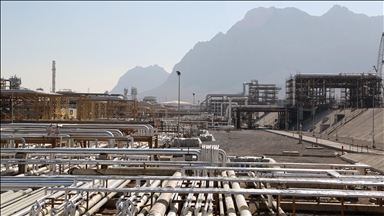
By Abdelmoneim Haikal
ISTANBUL
Libya is producing oil at a rate of 800,000 barrels per day despite the power struggle between the two rival governments and their allied militias.
Operations continue in many fields and ports, but with the rift deepening and battles raging across the country, there are fears of further disruptions to the oil industry.
The Islamist “Fajr Libya” armed group controls Libya’s capital Tripoli since August and supports the so-called 'National Salvation government' which was declared after driving out rival militias from the city.
The internationally recognized government, however, is based in the eastern city of Baydaa. Both governments claim they are legitimate and have the support of two separate parliaments.
It is not very clear who controls which parts of the oil industry or its revenues.
“Oil revenues are not flowing to either side because the central bank remains neutral,” said Riccardo Fabiani, senior analyst for North Africa at Eurasia Group, a political risk research and consulting company.
In Tripoli, Fajr Libya groups control government buildings including the oil ministry. The website of Libya’s National Oil Corporation - NOC, features news and picture of the National Salvation government’s oil minister Mashaallah Az Zawi.
However, it also features news and pictures of NOC’s chairman Mustafa Sanaallah, whom the internationally recognized government regards as the acting oil minister.
“Sanaallah is wearing two hats. He is keeping a low profile and avoiding giving statements,” Fabiani explained, adding that, “What is really important is who controls oil fields and installations, and who controls the central bank.”
Anti-Islamist militias control the vast majority of oil fields and oil installations, while the central bank remains neutral, Fabiani said - so at present no revenue is permitted to either side apart from operational fees such as salary payments.
Both governments have said the current oil production was around 800,000 barrels per day, bpd, but Fabiani said he personally thought it was lower than that. Libya produced 1.6 million bpd before the fall of Gaddafi's regime in 2011.
Spain’s Repsol, one of the major oil producers in Libya, declined to comment on its operations in the country, citing safety reasons and the NOC did not reply to an email request for comment.
Most major oil fields continue to operate as usual except the Abu Attifel located 300 km south of Benghazi, Fabiani said. The field pumped around 70,000 bpd of crude when in operation.
Most oil ports are also operating normally except the eastern port of Zueitina, which has the capacity to handle about 20 percent of Libya's crude oil exports.
Foreign teams in Libya’s oil industry are now quite limited and oil facilities are mostly manned by Libyans, according to Fabiani.
Fabiani also expects an escalation of violence in Libya as UN mediation efforts have failed so far.
“The spread of violence to the rest of the country other than Tripoli and Benghazi is likely to affect oil production by damaging installations and facilities,” he said.
As the conflict drags on, Fabiani also expects attempts from one side to take over the central bank, which would trigger reaction from the other side and cause further disruption to the oil industry.
Anadolu Agency website contains only a portion of the news stories offered to subscribers in the AA News Broadcasting System (HAS), and in summarized form. Please contact us for subscription options.







